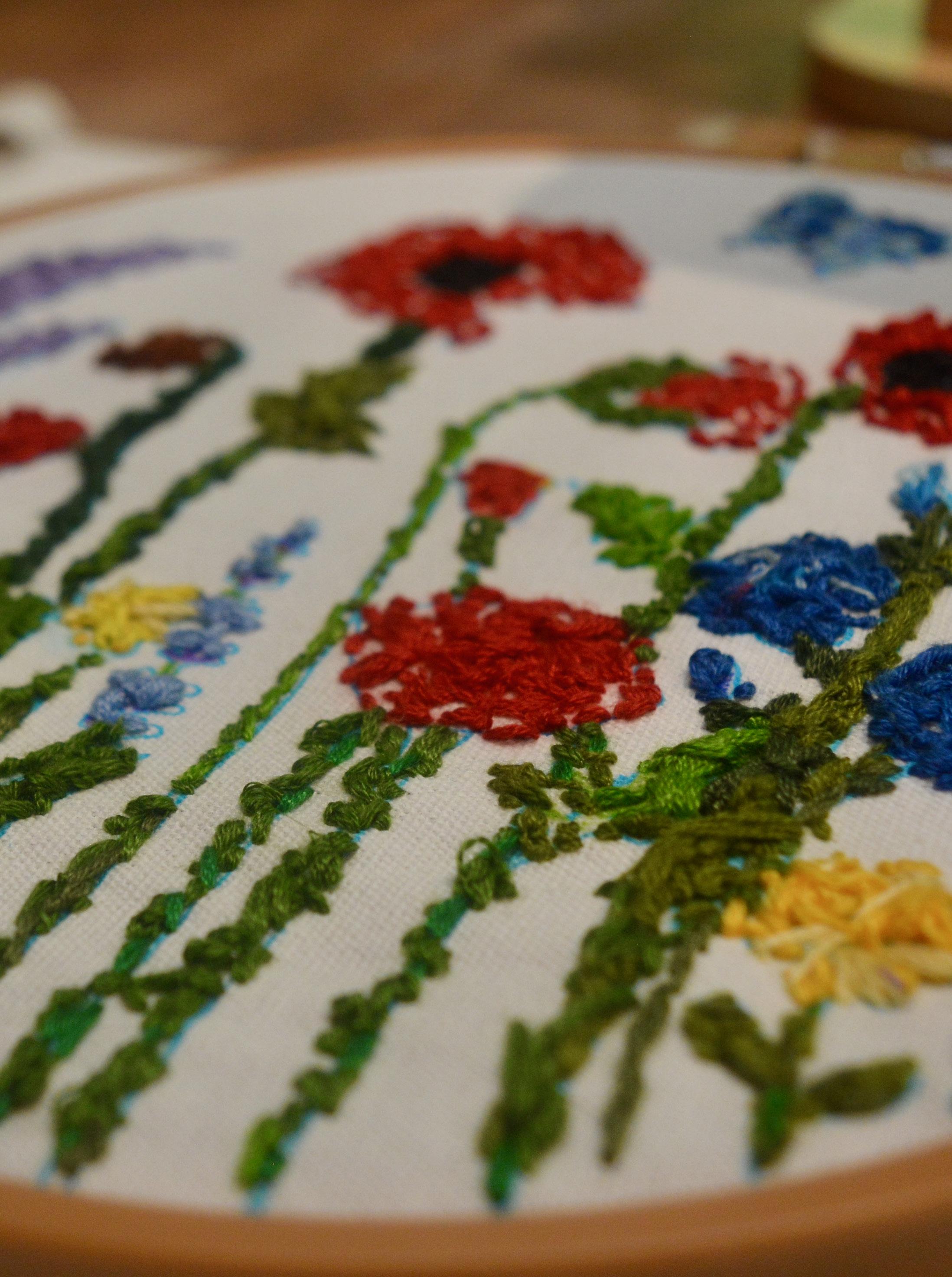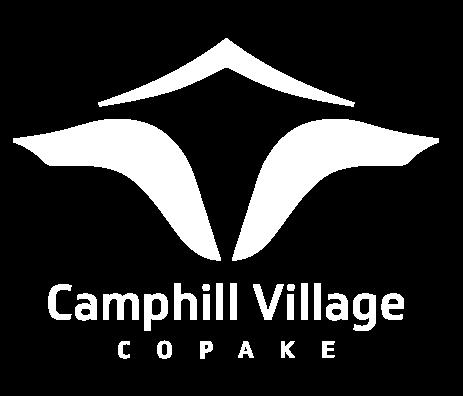




Poems created during the spring semester of our Community College

Daffodils are yellow like golden suns. They dance in the waves of sunlight and air.
- Rukin Shivdasani
The very first flower I’ve ever planted. When they come up every year it brings me back to this memory. That is why the daffodil is my favorite flower.
- Sarah Bomba
Daffodils are yellow and white with sunshine that makes spring happy and people wide awake, in the early morning with cool weather with birds chirping all day.
- Nora Nickle
Love and flowers all year ‘round. Summer and spring. Easter is in April with bunnies and coloring eggs! Family means love to me.
- Cathy Fleming

Daffodils are flowers. Roses, too. I feel happy looking at flowers. Oh, pretty! They remind me of weddings.
- Jennifer Orahood
Daffodils are yellow.
- Aaron Burstein

We received exceptional weather for our Palm Sunday walk this year, and brought our traditional rooster bread creations along for the stroll. Following a eurythmy performance in Fountain Hall, we walked to the intended site of a new care house we hope to build that would accommodate more of our wonderful elders. Some of our community members have attended more than 60 Palm Sunday gatherings here in Camphill Village, and it is with our current and future elders in mind that we turned our attention to this site near Undina House. In the evening, we returned to Fountain Hall for an inspiring biodynamics lecture by our friend Malcolm Gardner: “The Resurrection of the Clay Preparation.”








Throughout the year, our bakers provide our community and customers with sourdough and sandwich loaves, cookies, granola, pasta, and more. But our households have come to look forward to some seasonal favorites that our bakers have provided for decades, including holiday fruit cakes around Christmas time and fresh Easter bread and hot cross buns during Holy Week.
“Good Friday is rounded off by the wonderful hot cross buns provided by our Bakery,” says house leader Emily Gerhard. “We look forward to them every year.”
This was Natalia Avendano Torres’s first Holy Week in Camphill Village, and she said the bakers were all looking forward to making the hot cross buns. The process of braiding the Easter breads was much more difficult than she had expected, “but it was a lot of fun,” she said.

Short-term intern Cleo Fahlke transplants onions beside Elisabeth Cooper.

Welcome, Volunteers!
Our community is so glad these new volunteers have joined us here in Copake since March. Depending upon their commitment, they will spend the next several months and years sharing our households, land, and craft studios. We look forward to living and working with all of you!
José Alzate from United States
Konstantin Bulgrin from Germany
José Gomez from Colombia
Harper Louden from United States
Hanna Mueller from Germany
Tatjana Pongratz from Germany
Paula Ruiz from Colombia
Lilly Schramm from Germany
We accept volunteers to stay with us for a few months to several years. You’ll share our houses, land, and workspaces, and have the support of the community while you contribute your time and learn new skills.
Volunteers enjoy:
• Room and board in a beautiful shared home
• Monthly stipend for incidentals and entertainment
• Fully funded health insurance
• Vacation time
• Possible college debt assistance for US citizens
• International friends from six different continents

camphillvillage.org/ volunteer

“I like hawks, owls, all different kinds of birds.” - Kim Warga

*Scan the QR code below to see our birding group in action!

How Camphill’s resident bird lovers have been deepening their relationship with nature.
It’s 5:15 p.m. on a sunny Thursday in April, and we have an hour to spend exploring the grounds of Camphill Village before we need to be home for dinner. These Thursdays evenings are for the birds—as well as a group of our community members that have signed up to go birdwatching for the rest of the season.
Bug spray? Check. Binoculars? Check. Enthusiasm? Always.
“I’m glad I got this wish!” Marian Scharr exclaims while thumbing through a magazine featuring migratory birds—her attention darting from page to page. “There’s another new bird!”
This first gathering of birders is part of our Village “Community College,” which has been taking shape for a few years; our fellow community members who want to share their knowledge and expertise are welcome to organize a series of semester-based courses in the Village. This is house leader Sara White’s second semester imparting her birding passion across our community. Other courses offered this semester included bicycle repair, fairytales in eurythmy, and poetry.
We’re starting our birding course at the picnic tables outside of the Village Green, where Sara has displayed a collection of bird feeders and photographs for our lesson. She prompts us to identify the eating tendencies, habitats, and calls of birds in our region, and holds up a net full of white blocks that resemble cheese. “Does anyone know what this is for?”

Like so many awesome things we enjoy in our community, this bag of bird suet was made possible by Roger, our in-house butcher, who renders the fat from our livestock, and provides it to our households for this purpose.
After our discussion, it’s time to for a forest walk to our extraordinary wetlands, where birds, reptiles, and amphibians rule the roost. The vast beaver pond in Camphill Village is like something out of the mesozoic era: woodpeckers crawl up petrified swamp trees, algae-covered turtles sunbathe and fall off logs, and the dominant sounds of trickling water and bird calls are interrupted by the rustling tall grasses behind us. In every season, the beaver pond is very much alive.


And even when things appear dead, they can be full of life. As we walk, Sara explains to our group that standing dead trees provide invaluable nesting real estate for owls, woodpeckers, and other birds—as well as for the insects and rodents they eat—and should be left in place when possible to support our feathered friends.
“Look at that one, guys!” Kim Warga has spotted a very cool tree. “They’re making holes!”
The group huddles around the tree to observe the different heights and sizes of the many cavities covering the trunk. Kim loves being outside and learning about nature. She was especially excited when Sara arranged for the Ravensbeard Wildlife Center to bring their rescued birds of prey to Camphill Village two years ago.

“I like hawks, owls, all different kinds of birds,” says Kim. “I love nature.”
We continue our walk. Red-winged blackbirds chirp and trill overhead and robins hop into the shade as we stroll with binoculars in ready position. Cap Bielenberg is hoping to see a Baltimore oriole or indigo bunting, two of his favorites. Cap has a knack for spotting both at different places in the Village, including the bird feeder outside of Arbutus House where he lives with Sara.
Cap finally sees an oriole on the second Thursday in May, when we gathered in the shade of the lush Healing Plant Garden. The garden is known for

attracting birds and other pollinators to its vibrant flower and herb beds. And nectar-loving orioles are known to dine on bee balm, of which we have plenty. The wealth of biodiversity in Camphill Village is seemingly endless—from the delicate macroinvertebrates our environmental group surveys in our streams, to the milkweed-dependent monarch butterflies that accompany our sheep as they graze.
“Springtime is a great time to see the birds. They’re all migrating right now,” Sara says. “We’re actually in a great place because we do have our swamp—our wetland in the back—and we also have the open fields that have a lot of sparrows, and then we have our pond that has some wild Canadian geese there. So we’re really well off where a lot of our lands that we have here in Camphill Village have a lot of different environments that host a lot of birds.”



For the most part, the weather was excellent for our evening excursions. But we would have been drenched in early May if Sara hadn’t organized a backup plan: nest building in our Café. With feathers collected from our property, a ball of yarn, and hay from the resident guinea pigs of Arbutus House, we spent a productive hour building nests while Sara played bird documentary footage for us on her laptop.
“You need all the hay and all the sticks and then try to put it together like a bird, and it’s going to be difficult,” she said. “And that’s the challenge.”
The birdwatching course will end after the spring, and our “community college” courses are expected to pick back up in the fall.
A goldfinch enjoys some flowers in a Turtle Tree Seed garden.




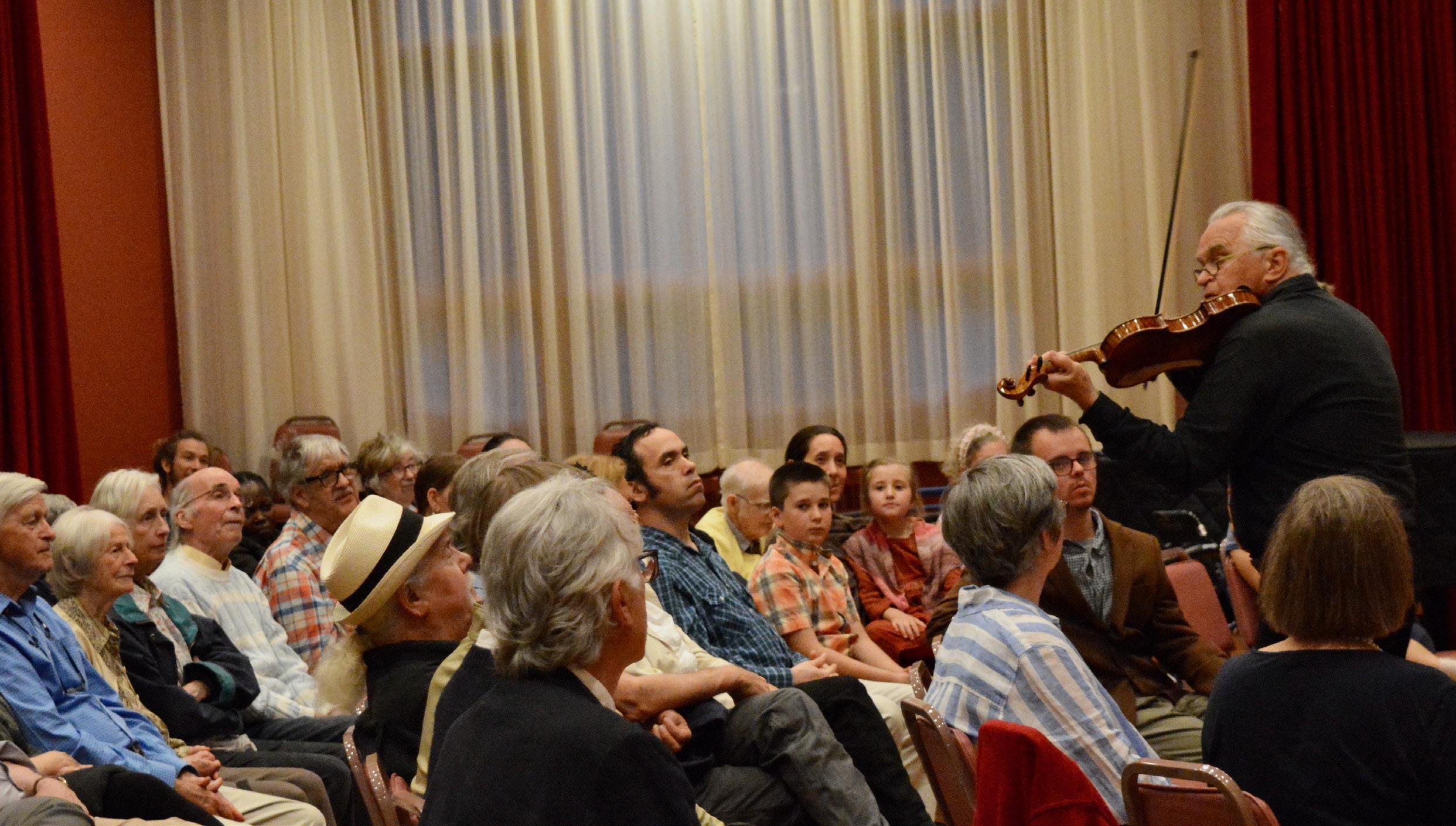





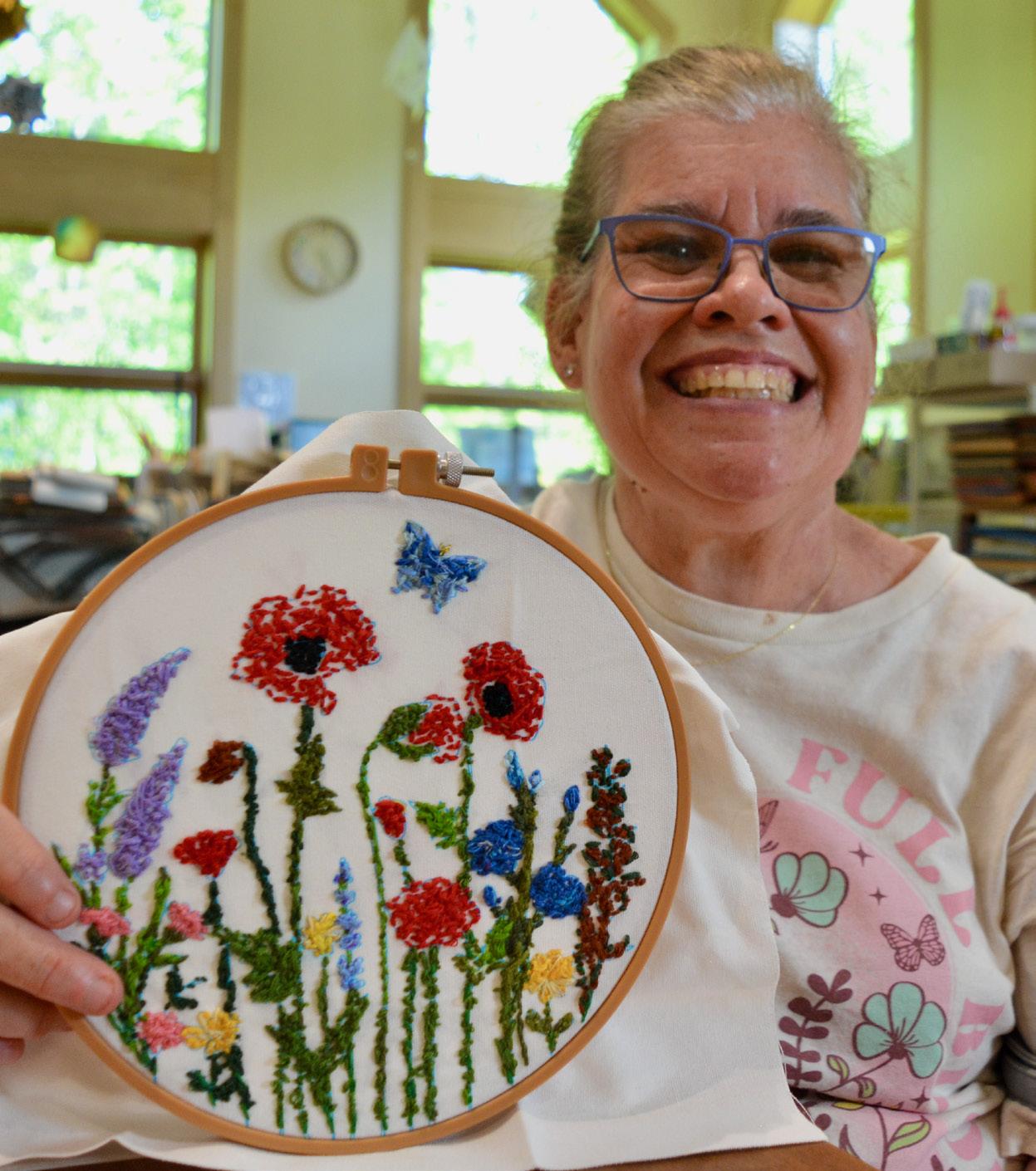

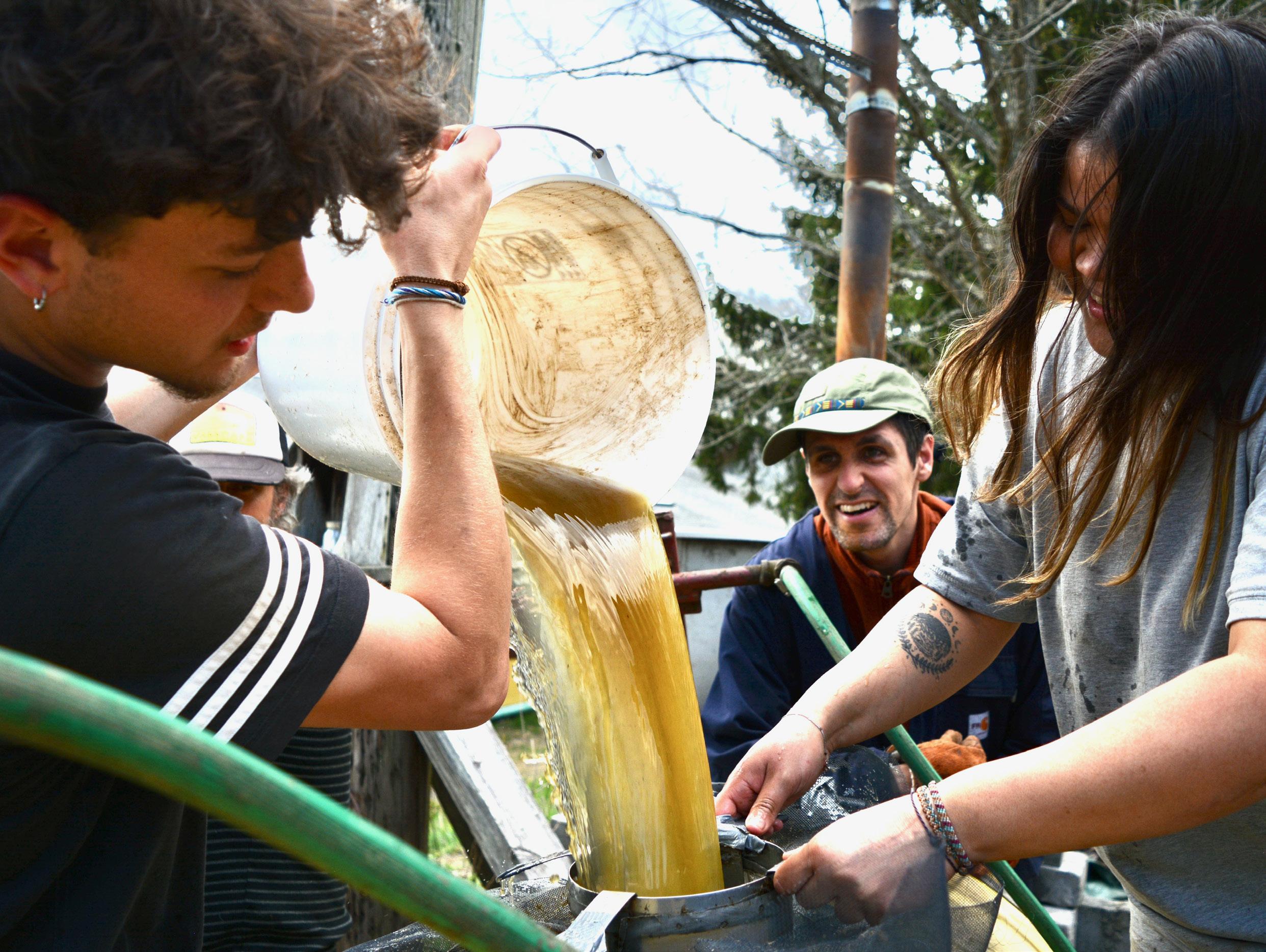


The J. Murray Logan Legacy Circle was founded to recognize and honor donors who make future gifts to the Camphill Foundation, ensuring that people with developmental disabilities have the opportunity to live full, meaningful and productive lives.
Mr. Logan was the father of Camphill resident Maria Charlotte Logan, who has chosen to make her home in Camphill Village Copake since 1994. His visionary bequest led to the creation of the Camphill Village Copake Foundation, chartered to support the work of Camphill Village, and expanded to support the work of our sibling community—Camphill Ghent.
A memorial tree planted in the Village to honor Madeleine Harvey, who left our community an impactful legacy gift that included an invaluable collection of her father’s artwork. We are grateful to Mady for the legacy gift she made to Camphill Village, which also supports the vital programs and services for those who live here.
Membership in the J. Murray Logan Legacy Circle involves no obligations or dues. Its sole purpose is to thank and recognize you for including the Camphill Village Copake Foundation in your estate or trust plans.
Periodically, the Foundation will recognize Legacy Circle members by inviting them to recognition events and listing their names in Camphill Village publications, donor lists, and the donor recognition wall in the Bluestone administration building. Of course, we always respect a donor’s wish to remain anonymous.
To learn more, contact Elizabeth Phillips, Director of Development, at ephillips@camphillvillage.org or 518-329-7924, ext. 134


Your membership becomes effective as soon as you:
• Include the Camphill Village Copake Foundation in your estate plan through a will or living trust
• Donate any other gift to be realized at some future date, such as a life insurance policy or retirement plan.
Because Camphill Village’s funding comes mostly from private sources, we count on the support of fundraiser sponsorships and participation to support our Annual Fund. Consider supporting us through one of these events in the fall!
Visit camphillvillage.org/donate to learn about the many different ways you can support Camphill Village.


The Joseph D. Freedman Bowl-a-Thon to Benefit Camphill Village returns Saturday, November 8th!
Learn more at camphillvillage.org/bowlathon

Our acreage provides us with the space to practice a wonderfully complete Biodynamic agricultural system—one that includes livestock manure and horn silica from our farm, and open-pollinated seeds for our wholesome vegetables and healing herbs.
The people who live in Camphill Village rely on our gardens for nutrition in our homes and Café meals. And our crew members who work these gardens through the growing season experience wellness via daily exercise and fulfilling teamwork.
In all, there are three types of gardens in our community: our Healing Plant Garden, with its remarkable and ever-changing herb and flower beds; our upper and lower vegetable gardens that feed our community; and the seed gardens operated by Turtle Tree Seed.
There’s a tremendous amount of specialized knowledge at play in each of these gardens, all of which have been waiting to spring into action—just like their crews—through the winter.

Turtle Tree Seed packages, sells, and donates some 300 varieties of seed across the country. This crew needs to ensure that the vegetables, herbs, and flowers they germinate are cared for well past the point of being edible or ideal for display—all the while protected from pests, shade, drought, and more for many months.
“We’re trying to give our peas support so they can climb up and have support without falling.”
- Bill McIlroy


“I work here in the greenhouse. I make all the plants, like this one.”
- Evan Young


From the first bit of spring lettuce served in our Café to the ripe tomatoes we stew and can at the height of summer for winter spaghetti, our vegetable gardeners are growing with our meals and soil in mind.

“We hope to shape the beds with care in springtime, and we hope to add fertility to the beds while maintaining the integrity of the soil.”
- Peter Swiatek


“I enjoy planting onions and I enjoy planting leeks and I enjoy putting leaf mulch on the onions.”
-
Elisabeth Cooper

“We also grow vegetables in our greenhouse all year ‘round, like now we have cucumbers, bell peppers, and tomatoes that the gardeners will harvest. And we have a big walk-in refrigerator that we can put them in in spring. The coffee shop and café use the lettuce greens as part of the lunch and some of the other vegetables that we grow as well. In the fields, we also have flowers for bees to enjoy them and other varieties of vegetables.” - Emily Wallach
The flowers and herbs we grow in the Healing Plant Garden are destined for transformation—into healing salves and tinctures, aromatic teas with different wellness properties, and flavorful culinary herb mixes. The crew in the Healing Plant Garden spends a great deal of time focusing on compost and weed suppression while creating a peaceful environment for people to amble and pollinators passing through.

“Our aim is now to try to catch up with nature. We mulch the garden to protect it. We hold the moisture in, but we also protect it from erosion.”
- Andreas Fontein
In spring I sort of like to feel Mother Nature at its best. It’s like finding a new beginning.”
- David Wallace

Sarah
and




The
leaves Hamed-Ali Momenzada is applying to a garden bed are raked and collected by our Estate Crew in the fall.

Copake, NY 12516
